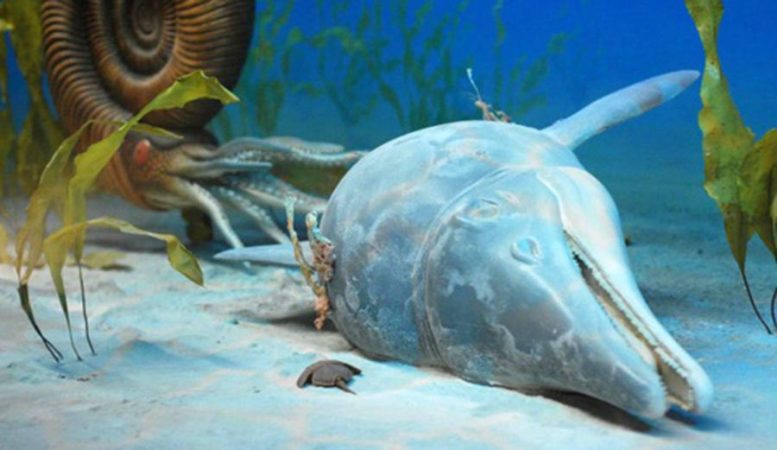
Paleontologists seek to understand how the Holmzaden ichthyosaurs sank and were preserved before the Cretaceous-Paleogene extinction. Credit: Brian Switek
Paleontologist Alim Reisdorf and the co-authors of a new study published in the journal Paleobiodiversity & Paleoenvironments have been trying to figure out exactly how the Holmzaden ichthyosaurs sank and were preserved, right before the Cretaceous-Paleogene extinction pulse.
The intricate fossils of ichthyosaurs discovered in Holzmaden, Germany, caused paleontologists to see ichthyosaurs as swift, reptilian tuna analogs, instead of the slow, paddle-bearing lizards envisioned by 19th-century naturalists.
Ichthyosaurs last swam the oceans from 245 million to 90 million years ago, disappearing shortly before the Cretaceous-Paleogene extinction event. Paleontologists have been using modern whales as ichthyosaurus proxies, since they don’t have any close living relatives among the reptiles, nor has any reptilian lineage converged on the ichthyosaur body plan ever since it died out.
Ichthyosaurs lacked blubber, and it’s somewhat of a mystery how they remained buoyant enough to stay afloat. Some paleontologists have hypothesized that ichthyosaurs had bodies that were less dense than the surrounding seawater.
In order to account for the specimens at Holzmaden, the newly-deceased ichthyosaur probably sank quickly. Since most whales are actually negatively buoyant after death, this is plausible. It’s possible that a dead ichthyosaur resurfaced after death, if the water was shallow and warm enough to generate gas buildup, the conditions in the Jurassic German seas were quite deep and cold so that the ichthyosaur sank without ever coming back up.
The way that the ichthyosaur fell is similar to the way that the marine Jurassic crocodyliform Steneosaurus fell. Currents swept away the smaller, lighter skeletal elements, while the heavier pieces stayed in place.
Reference: “Float or sink: modelling the taphonomic pathway of marine crocodiles (Mesoeucrocodylia, Thalattosuchia) during the death–burial interval” by Susan R. Beardmore, Patrick J. Orr, Tom Manzocchi and Heinz Furrer, 1 February 2012, Palaeobiodiversity and Palaeoenvironments.
DOI: 10.1007/s12549-011-0066-0

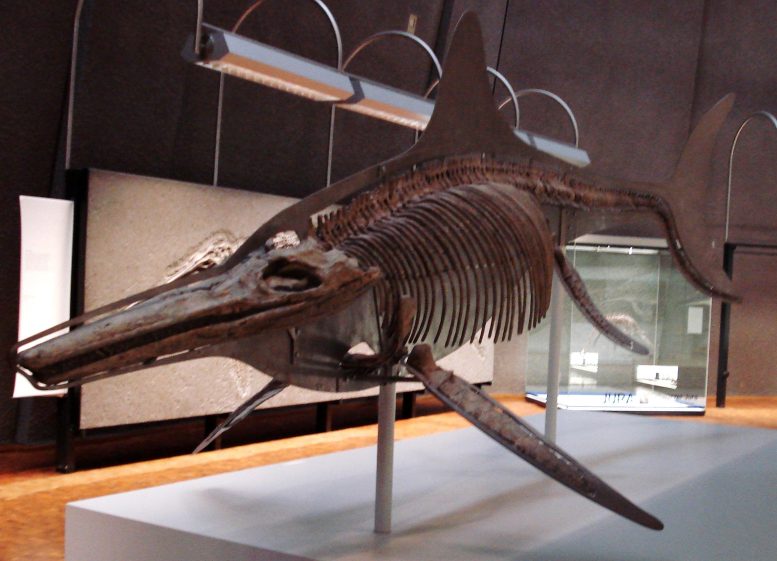


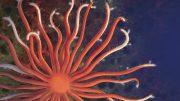



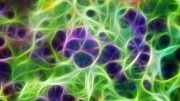
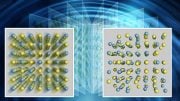
The Liassic (Lias epsilon in local stratigraphy) site of Holzmaden is a calcareous oil shale, very fine and quite black. This suggests that sedimentation conditions were anoxic or at least hypoxic and probably in the lower reaches of or even below the photic zone. Hence, no scavenging ammonite, no crawling limulid, little or no light, no algae and no white sand, either. The ichthyosaur can remain in the diorama, though.
I love you… So much…